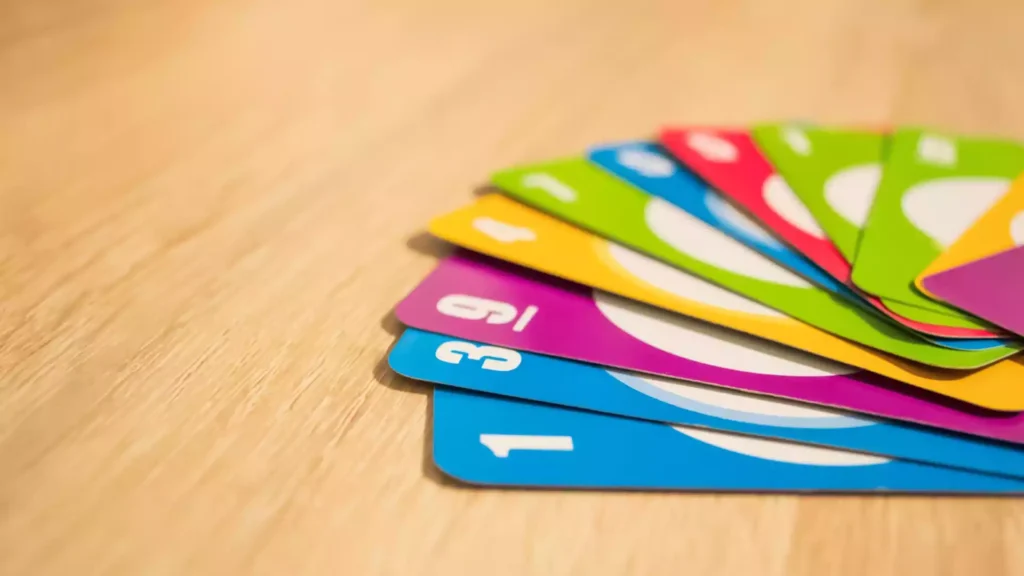The journey from a unique card game concept to a product on the shelves, whether physical or digital, can be thrilling yet complex. Shuffled Ink presents a five-step guide to transform your idea into a successful custom card game.
Step 1: Define Your Theme Clearly
The core of your custom card game should be a well-defined theme. Whether it’s an educational game about historical wars, a humorous game of comparisons, or an entirely novel concept, clarity in your theme is crucial. This involves breaking down the concept to its essentials, ensuring it’s engaging and easy to understand.
Research and incorporate rules or elements from existing games, like tabletop and video games, to enhance your game’s appeal. Remember, the design and rules must align perfectly. For instance, in a game where cards have hierarchy (similar to ‘Coup’), clear rules and possibly a cheat sheet are essential for player understanding. Regularly reassess your game’s mechanics, removing or tweaking elements that may hinder the main objective or flow of the game.
Step 2: Document Everything
Once your game concept is clear, it’s crucial to write down every detail, from rules and settings to card designs and aesthetics. This documentation allows for refining and testing the game dynamics. Key considerations include the players’ objectives, rules and exceptions, player count, game format (individual or team play), potential for a tie, time limits, game progression (turn-based or rounds), and player interactions.
Step 3: Develop and Test a Prototype
Creating a functional prototype is a pivotal step. It’s crucial to have a diverse group of testers, including unbiased people with various ages and gaming backgrounds. Utilize forums like Board Game Geek, Reddit Playtesters, or professional playtesting companies for this purpose. Embrace all feedback, noting what works and what needs improvement.
Step 4: Refine Your Design
Based on the feedback, enhance your prototype iteratively. Focus on the design aspect, including creating a logo, choosing fonts, color palettes, and designing characters. Consider a branding guidelines packet for consistency, especially for future expansions. If design isn’t your forte, hiring a professional while maintaining your vision is a viable option.
Step 5: Print and Publish
With your design finalized, partner with a reputable manufacturer like PrintCards.io for printing and publishing. Their expertise simplifies this process, allowing for various customization options and competitive pricing.



